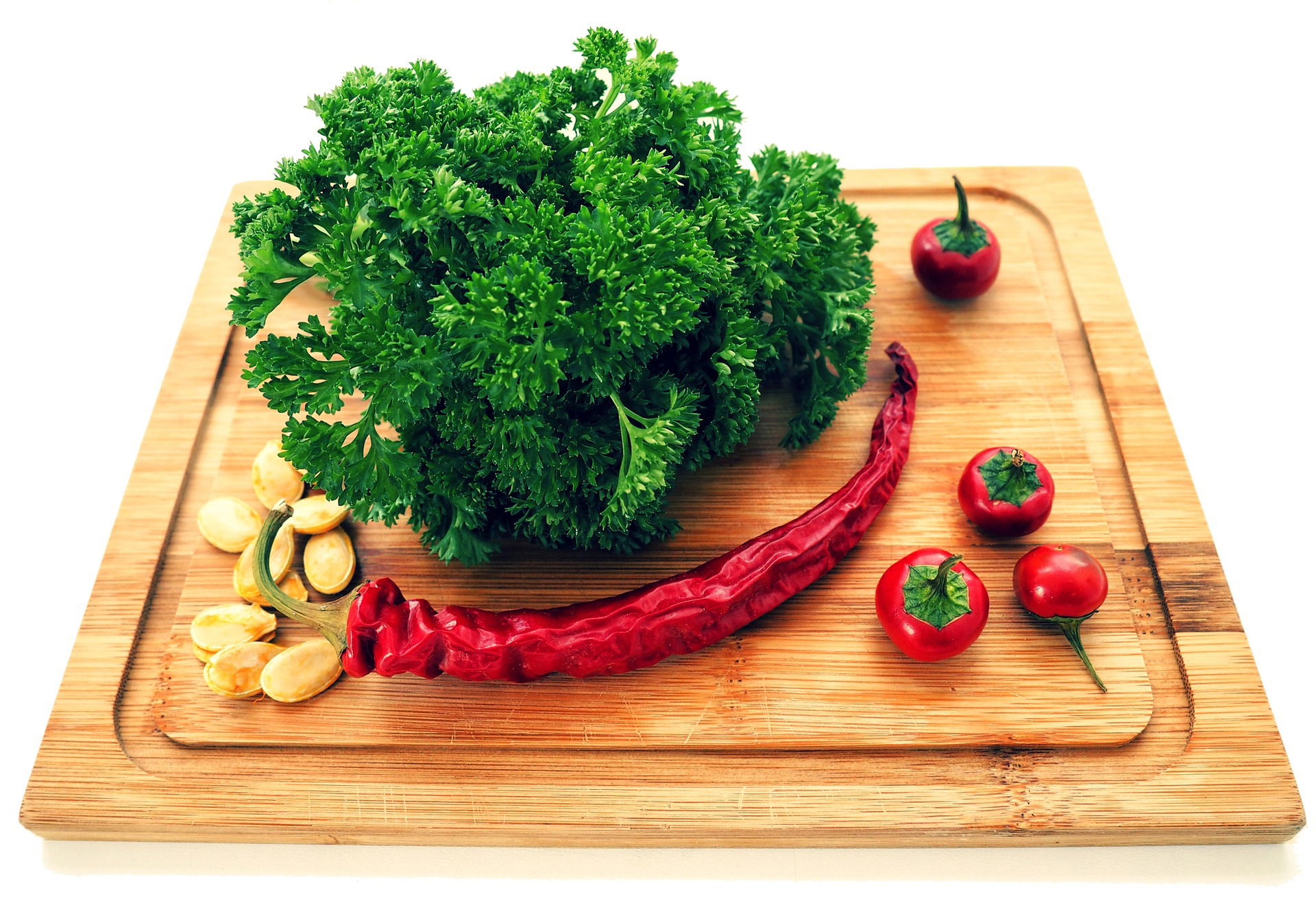The Comprehensive Guide to Bamboo and Wood Product Export: What You Need to Know
In recent times, the global market has witnessed a surge in the demand for bamboo and wood products. The "bamboo milk tea" trend, for instance, has taken the beverage industry by storm, with many tourists flocking to various scenic spots to get a taste. This trend has not only popularized the "bamboo+” consumption but also underscored the growing emphasis on eco-friendly alternatives, especially with the rising environmental consciousness. However, the European Union's Rapid Alert System for Food and Feed (RASFF) recently reported an over-standard migration of melamine in a bamboo burger box.

Understanding the Standards for Bamboo and Wood Products in Contact with Food
"Are there specific standards for bamboo and wood products that come into direct contact with food?" you might ask. The answer is a resounding "Yes."
As of December 30, 2022, China implemented the GB 4806.12—2022, which is the nation's first standard for bamboo and wood materials and products in contact with food. According to this standard, such products are defined as materials made from bamboo, wood, or cork that, under normal usage conditions, are expected to come into contact with food or food additives. This includes products like cork stoppers and plant fiber boards.

Diving Deep into the New Standard
The standard outlines specific requirements for bamboo and wood products in contact with food. These include basic requirements, raw material specifications, sensory requirements, physicochemical indicators, microbial limits, other technical requirements, migration tests, and labeling.
Of particular importance are the physicochemical indicators, which encompass migration limits for substances like total migration, formaldehyde, sulfur dioxide, pentachlorophenol and its salts, as well as residue limits for fungicides like thiabendazole, o-phenylphenol, imazalil, and biphenyl.
For microbial limits, products that are expected to come into direct contact with food and are used without disinfection or washing must adhere to the microbial content standards set by GB 14934—2016 for coliforms and salmonella. However, products that are peeled, shelled, or washed before consumption or cooking are exempted.

Potential Risks to Consider
Appearance Over Safety: Some manufacturers, in a bid to enhance the appearance of bamboo and wood products, might use substances like sulfur, hydrogen peroxide, or sodium sulfate during the bleaching process. This can lead to excessive sulfur dioxide, which, when ingested, can cause adverse reactions like nausea and vomiting.
Preservatives and Health: Formaldehyde and pentachlorophenol are often added as preservatives to inhibit microbial growth. However, these can migrate into food and accumulate in the human body over time, potentially causing various ailments.
Fungicides and Food Safety: Fungicides like thiabendazole, o-phenylphenol, imazalil, and biphenyl might be used to prevent mold growth. Residues of these fungicides can migrate into food, posing health risks.
Export Procedures and Certifications
For bamboo and wood product exports, a clearance form is mandatory for inspection and customs declaration. Products exported to countries like the USA, Canada, and Australia require fumigation. Each country has its specific requirements, and it's essential to inquire individually.
Endangered wood species require an export permit, and if the wood is redwood, a species export permit is also necessary. Most wood products, especially wooden furniture, must undergo export commodity inspection procedures before customs declaration. Products exported to countries like Australia and New Zealand also require fumigation to ensure smooth customs clearance at the destination port.

Countries Requiring Fumigation
| Region/Country | Requires Fumigation | Additional Notes |
|---|---|---|
| USA | Yes | |
| Canada | Yes | |
| Australia | Yes | |
| South Korea | Yes | |
| Japan | Yes | |
| Taiwan | Yes | |
| European Union | Yes | Countries include: Belgium, Denmark, UK, Germany, France, Ireland, Italy, Luxembourg, Netherlands, Greece, Portugal, Spain, Austria, Finland, Hungary, Malta, Poland, Sweden, Estonia, Latvia, Lithuania, Slovenia, Czech Republic, Slovakia, and Cyprus |
| Southeast Asia | No | Wood products should not have bark when exported to this region |
| Middle East | No | Wood products should not have bark when exported to this region |
| Africa | No | Wood products should not have bark when exported to this region |
Fumigation Best Practices
After fumigation, the container should remain sealed for 24 hours.
If the goods have wooden packaging, they must comply with IPPC requirements. The wood should be new, without bark or soil, have a moisture content below 20%, and be relatively smooth. The IPPC mark should be affixed before fumigation.After fumigation, goods should be shipped within 21 days. The standard dosage for fumigation doesn't guarantee the complete eradication of deeply embedded pests.
If goods have external packaging, it shouldn't be completely sealed. There should be gaps to ensure the fumigation agent penetrates the packaging.

In conclusion
while bamboo and wood products offer an eco-friendly alternative in various industries, it's crucial for businesses to understand and adhere to international and domestic standards to ensure the safety and quality of their products.
Exporting bamboo and wood products is a complex process involving multiple steps and requirements. However, as long as manufacturers are well-prepared, understand the demands of the target market, and collaborate with reliable partners, success can be ensured.
At Soume Home Co., LTD, we are dedicated to providing our clients with a hassle-free procurement and delivery experience, ensuring the success of every export.
